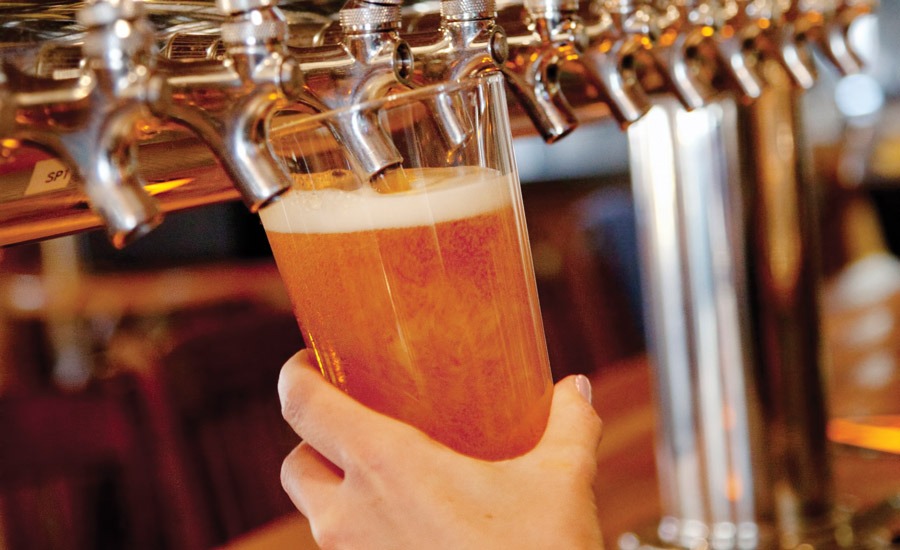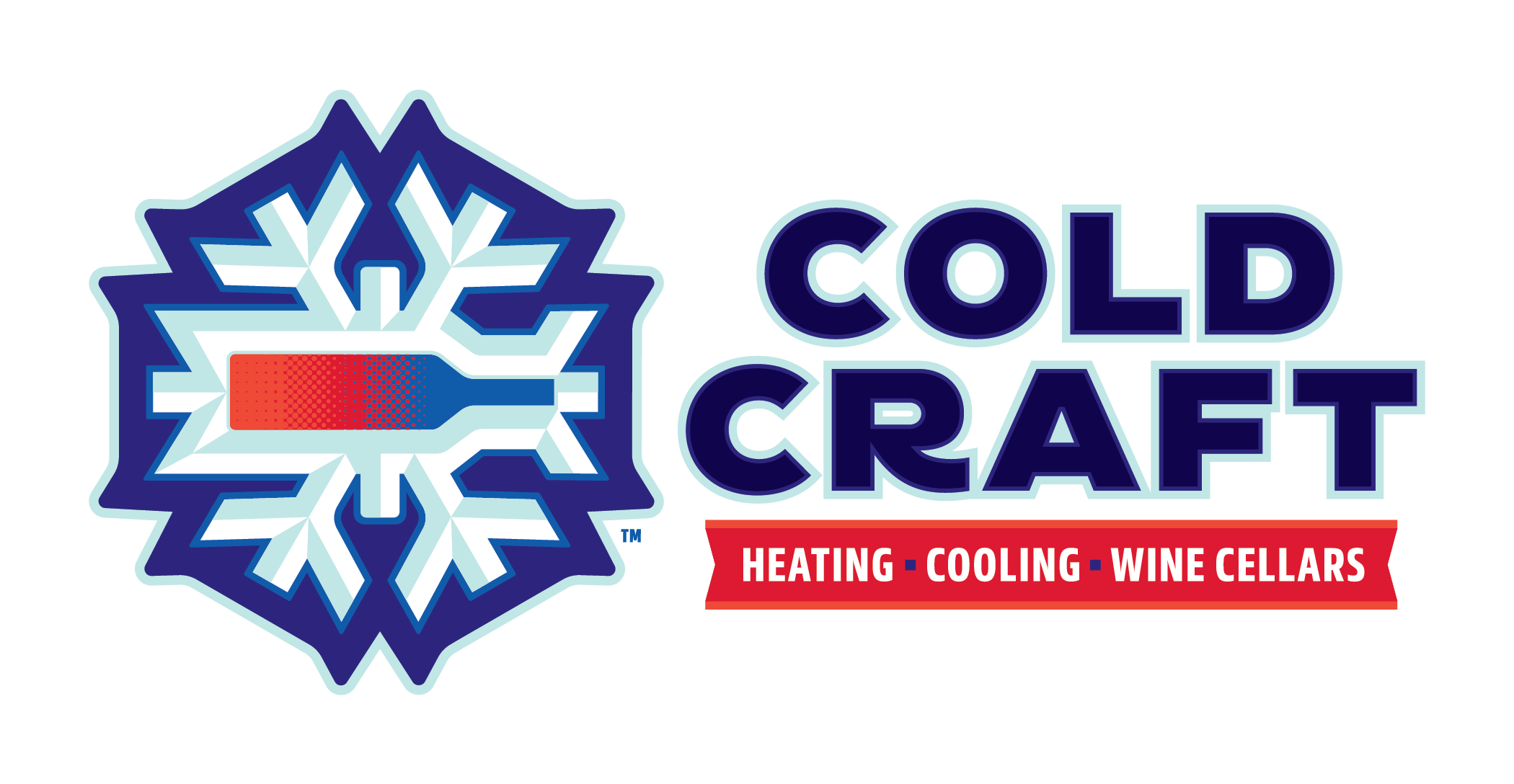Ice Breaker: Raise a Glass to Beer-dispensing Equipment Understanding the workings behind one of refrigeration’s most important applications
The News is a magazine for the heating, ventilation, air conditioning and refrigeration industry. Now that the fall beers are making their debut it is time to talk about what really makes or breaks a draft beer (with no preservatives) and it is simple, the refrigeration. Cold Craft appreciates a well preserved and cold beer and that is why we are republishing this article as your ice breaker from The News.
Draft beer does not have preservatives and is a perishable product that requires refrigeration for storing and dispensing. If a restaurant or food service business is selling draft beer, some type of refrigeration equipment needs to be provided with the dispensing equipment. It’s important that the beer be maintained at the correct temperature. It should be drawn at 38°F to ensure that when the customer receives the glass, the beer is between 40° and 42°.
There are several kinds of draft beer dispensers. Direct-draw beer coolers are used for small bars that have space available under the counter. The beer kegs are located in a refrigerated case, and directly on top of the case is the beer dispenser. The refrigeration equipment is placed in a separate compartment at the end of the cabinet. Forced circulation of cold air keeps the beer cold right up to the dispenser’s shank.
Many businesses use remote systems. A refrigerated case containing the kegs is located away from the bar, and refrigerated beers lines are run to the dispensers located on top of the bar. There are two different methods that can be used to refrigerate these beer lines. They can be cooled by air or by a refrigerated coolant. Air-cooled remote systems use two separate insulated ducts that run side by side from the storage cooler to the dispensing cabinet. One carries the beer lines and the cold air to the dispensers, and the other carries the cold air back to the storage cooler. This type of system requires a sealed dispenser cabinet to prevent cold air leakage. The other, more popular type uses a refrigerated coolant to keep the beer lines cold. The beer lines to the dispenser are refrigerated by being in contact with the coolant lines. Both the beer lines and the coolant lines are enclosed in a single, well-insulated, hard, rubber tube. The coolant lines generally contain a refrigerated glycol solution that is circulated through the lines by a separate pump and refrigeration system.
DISPENSE AND SERVE
A typical beer dispensing system contains several components to properly disburse the beer, including:
• A faucet handle — This screws into the beer faucet. In the U.S., these handles use the same 3/8-inch 16 unified national coarse (UNC) threads, so most all handles screw into the faucet easily. If the system has a European faucet, it will require a different handle incorporating a different thread.
• Draft beer faucet — This is the device the beer is dispensed from. Faucets are available at a wide range of different quality levels and with a host of different features.
• Shank — This is a chrome-plated brass tube with external threading. It runs through the hole in a draft tower where the faucet screws onto the front end and the beer line attaches to the back end with a hose barb. In the U.S., the standard shank is 7/8 inch with X 14 straight pipe threads.
• Beer line — Typically, the beer line is a dense 3/16-inch-diameter food-grade plastic tubing.
• Keg coupler — This attaches to the flange on the top of a keg and lets the gas in to power the dispensing.
• Air line — This is very similar to the beer line, but typically uses 5/16-inch-diameter tubing. It connects the keg coupler to the regulator.
• Regulator — This connects the dispensing system to a CO2 tank and ensures the beer is dispensed at an appropriate pressure. The pressure controls the speed of the draw at the faucet and is typically set to maintain a pressure between 14-16 psi.
So, the next time you enjoy a cold draft beer, just think about the technology that went into it. It’s likely you’ll be the only person in the entire bar who appreciates it.
Publication date: 8/31/2015
Cold Craft, Inc. established in 1991, has been installing many types of energy efficient new and retrofit refrigeration for local Northern CA boutique wineries, micro brewers and grocers helping them to save money on energy while making their product look better to improve sales. Grocers should contact Cold Craft, Inc. and schedule a consultation to see what rebates or financing options can help you the local grocer thrive in competitive times. Cold Craft, Inc. Campbell, CA 408.374.7292 coldcraft.com
Share This Article!
Newsletter
Subscribe to our newsletter and stay updated on the latest.
Your email is safe with us, we don’t spam.

